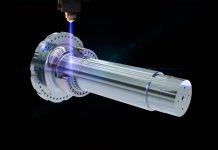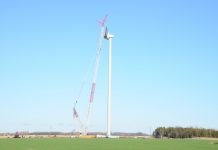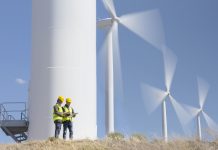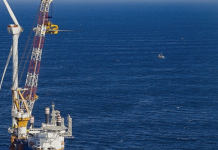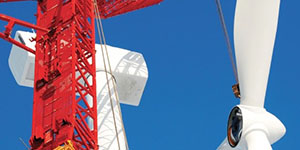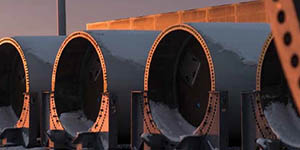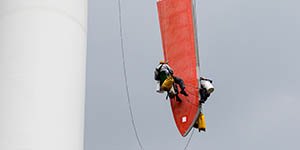When people think of a wind turbine, their eyes are drawn to the blades slicing the sky or the tower stretching above the horizon. Rarely do they stop to notice the nacelle cover. Yet this seemingly simple shell makes the difference between steady energy production and costly downtime. In wind power, where turbines are expected to operate for 25 years in some of the harshest climates on Earth, the nacelle cover is not decorative. It is the protective skin that shields everything else.
A cover that fails to meet specifications can have consequences far beyond cosmetics. A slight misalignment during production creates assembly problems in the field. A flaw in resin curing compromises structural strength. A surface imperfection invites water ingress and long-term degradation. Reliability begins with the nacelle cover, and reliability is what wind power cannot compromise.

Why Composites Matter
The choice of composites for nacelle covers is not incidental. Fiberglass laminates reinforced with advanced resins provide the unique balance of light weight, durability, and resistance to environmental stress. Unlike steel or aluminum, composites endure temperature shifts, resist corrosion, and maintain dimensional stability. In an industry that measures performance in decades, these attributes are essential.
But composites are only as good as the process that shapes them. The transformation from a digital drawing to a nacelle cover capable of withstanding 25 years of wind, rain, and ultraviolet radiation requires more than traditional lamination. It demands engineering rigor, materials validation, and quality protocols designed specifically for wind energy. Standards such as APQP4Wind now define how every step — from raw resin to final inspection — must be controlled to minimize risk in the field.
Manufacturing Precision at Scale
The complexity of producing nacelle covers lies not only in size — they can span more than 10 meters — but in the demand for repeatability. An offshore project may require hundreds of identical covers, each with exact tolerances. Any deviation risks disrupting turbine assembly lines or triggering delays in projects where time is as valuable as output.

Modern nacelle manufacturing integrates advanced CNC routers for PET and PVC cores, injection systems for resin and gelcoat, automated handling equipment, and, increasingly, digital traceability systems. Each element reduces variability and shortens production cycles. The objective is to deliver parts that meet specifications every time, with full documentation to prove compliance.
Lean, Digital, and Transparent Production
Factories that succeed in this environment combine composites know-how with lean manufacturing discipline. Waste is reduced not only in materials but also in movements, setups, and time. The best plants are paperless — production orders, quality checks, and material batches are tracked in real time. If a customer requests the complete record of a nacelle produced years earlier, the information is available instantly. In an industry built on trust, traceability is as essential as tensile strength.
Digitization also aligns with sustainability. By replacing disposable consumables with reusable solutions such as silicone skin technology, manufacturers reduce landfill waste and lower CO2 emissions. Each improvement compounds the environmental benefit of wind energy, ensuring the technology remains as clean in its production as it is in operation.
The Case for Innovation: Silicone Skin Molding
One of the most significant recent innovations in nacelle cover manufacturing is adopting silicone skin systems. Traditional vacuum infusion relies heavily on consumables — films, tapes, and release materials discarded after each use. Silicone skins replace those layers with a durable, reusable interface. The result is less waste, improved surface quality, and a cleaner shop floor.
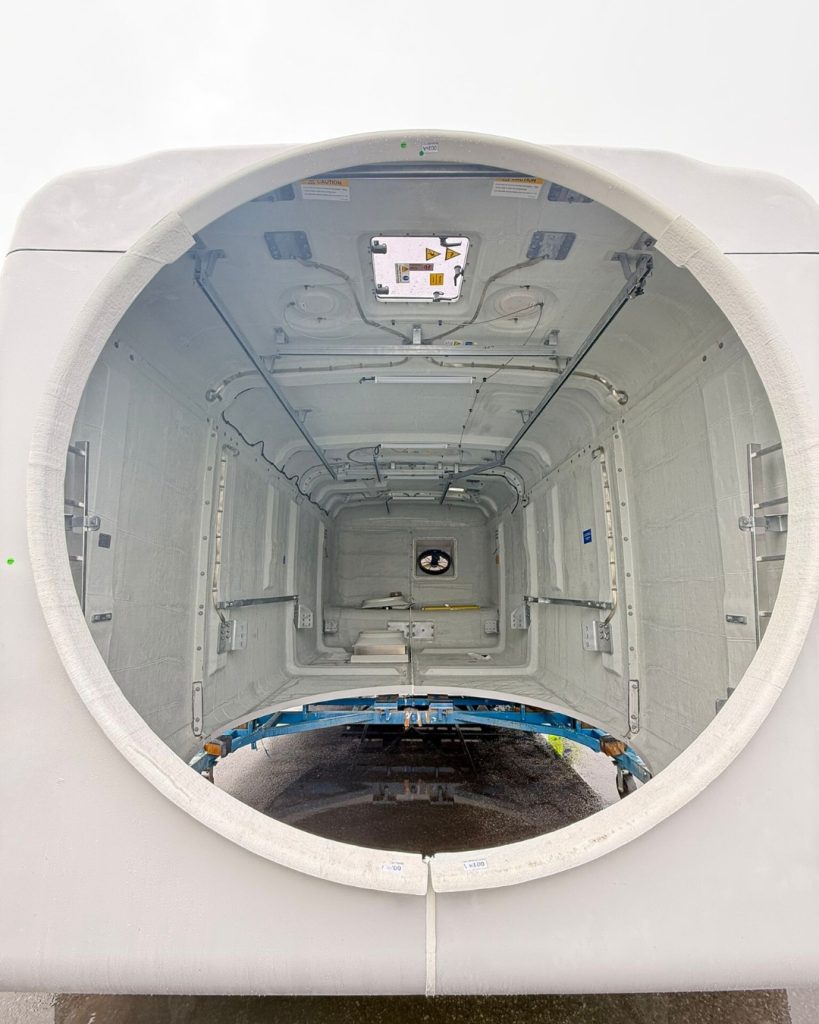
The impact is substantial for large components such as nacelle covers. Reducing 16 pounds of waste per part — as has already been documented in production — translates to several tons of material spared over a turbine fleet. As silicone skin technology evolves, the reduction could reach four times that amount. In a sector measured not only by megawatts but also by sustainability metrics, these numbers matter.
Beyond the Part: The impact on wind energy
Once installed, a nacelle cover may look static, but in reality, it is part of a system in constant motion. Every day, it protects the gearbox, generator, and electronics inside from wind gusts, lightning strikes, salt spray, and thermal cycles. It also enables clean energy to flow uninterrupted to the grid. Every time a turbine meets its performance targets without interruption, it validates the precision of its protective shell.
For turbine manufacturers and operators, confidence in nacelle production is not optional but a prerequisite. Downtime in a single turbine can cost tens of thousands of dollars. Downtime in a wind farm can alter the economics of entire projects. The discipline embedded in nacelle manufacturing — composites expertise, lean practices, digital traceability, and waste-reducing innovations — contributes directly to the reliability of global renewable energy infrastructure.
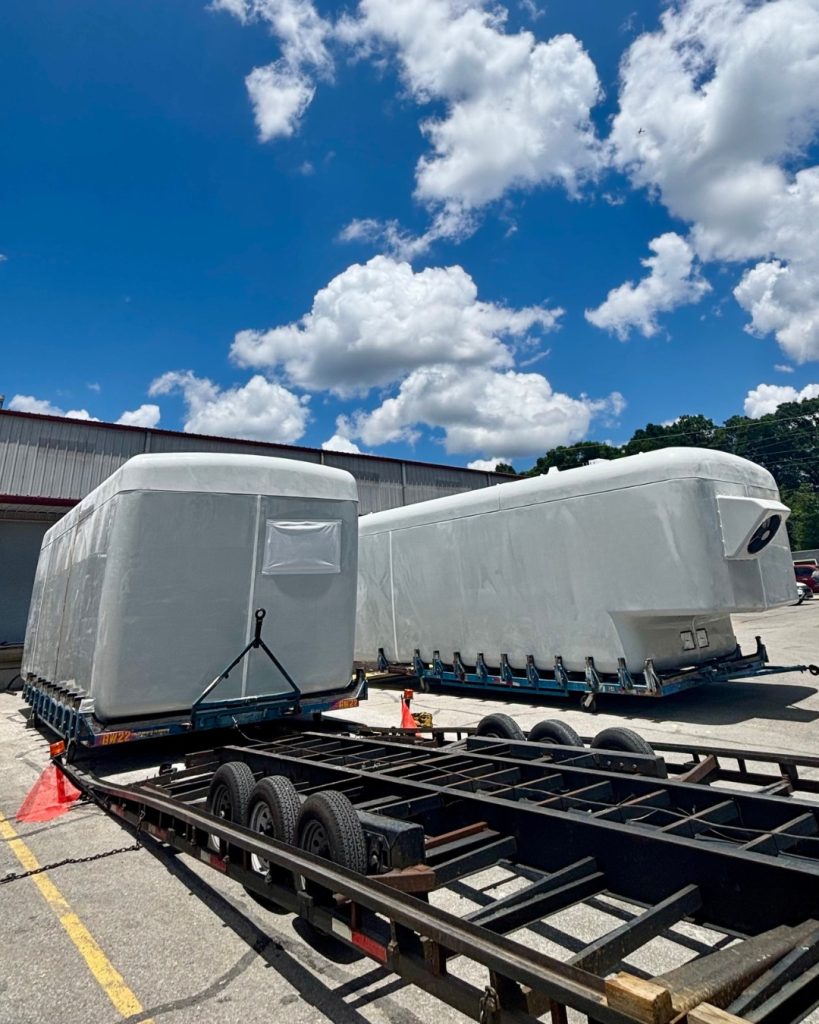
Looking ahead
As the wind industry scales to meet climate goals, nacelle cover production will face even greater demands: larger components, offshore exposure, and tighter project timelines. The thriving factories will continue to innovate — automating processes, adopting sustainable practices, and training the next generation of composites specialists.
The nacelle cover may remain an overlooked part of the wind turbine’s silhouette, but it is the silent guardian of wind energy in practice. Built with precision, shaped by technology, and sustained by innovation, it ensures clean energy reaches homes and industries daily. And in the story of wind power’s future, that role is too important to miss.




